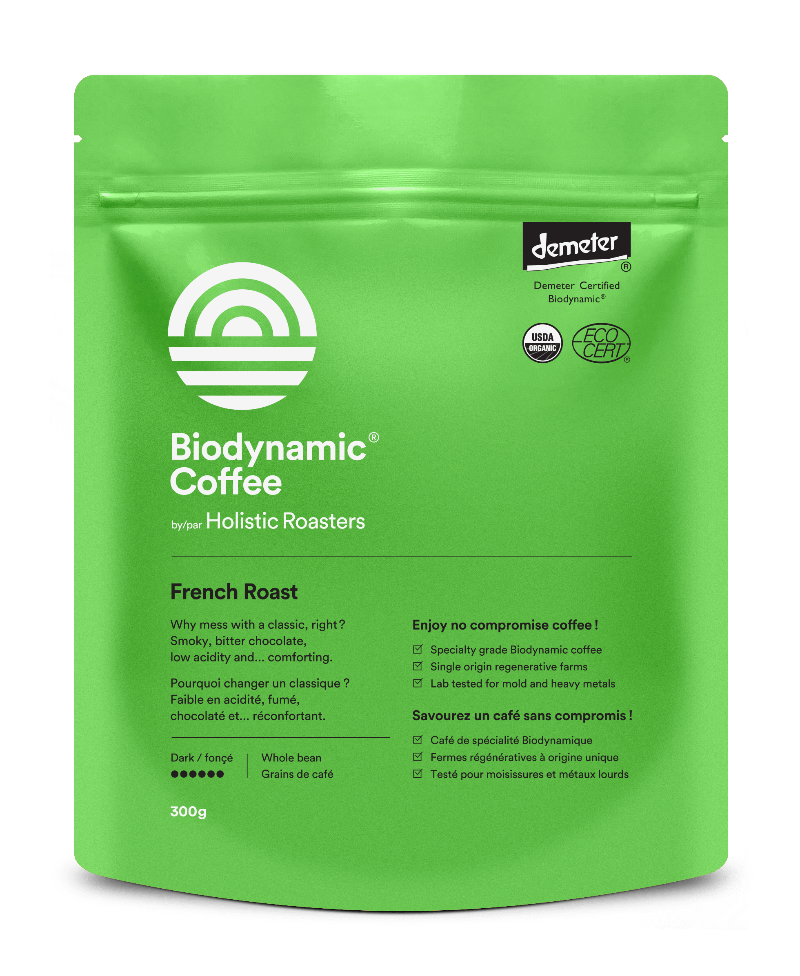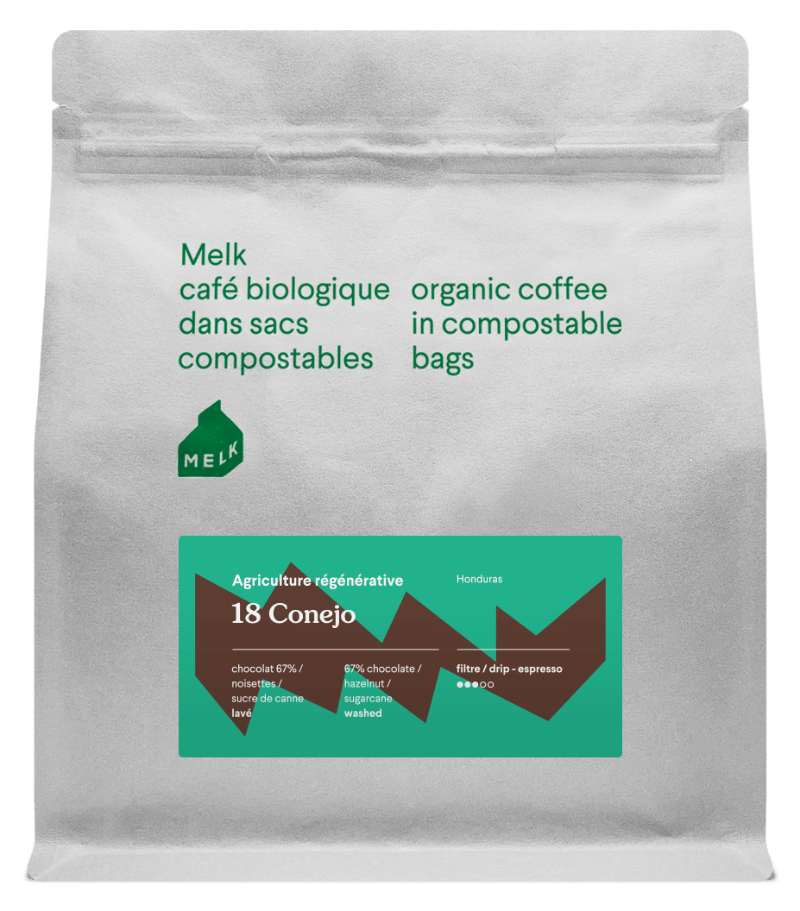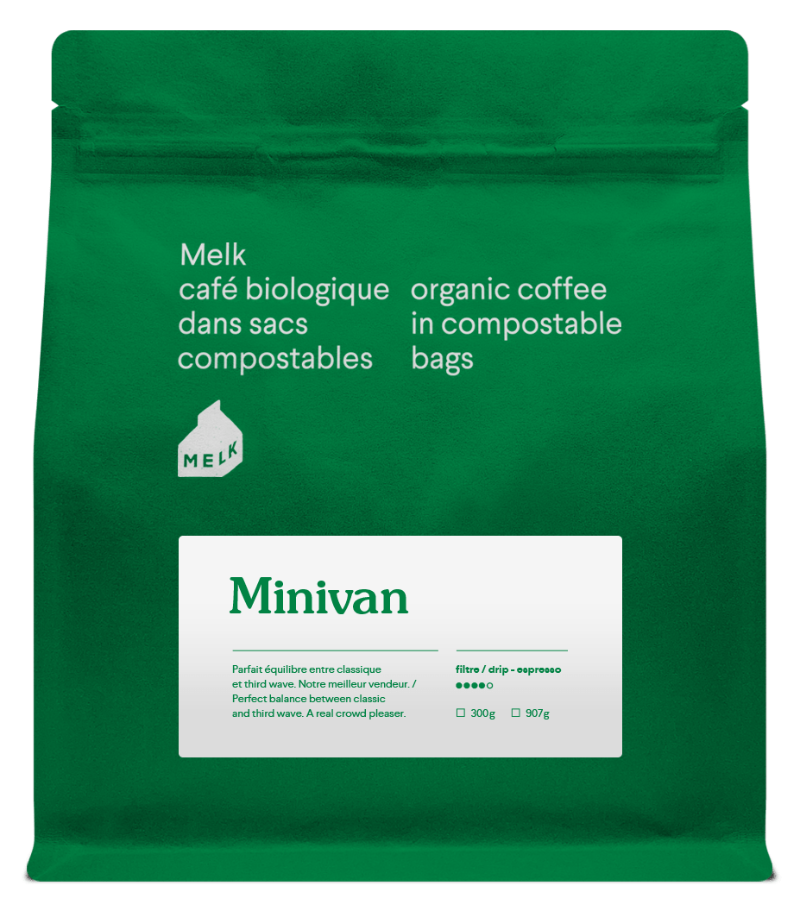How to Reduce Acid in Coffee: Tips for a Gentler Brew
Acidity gives coffee its vibrant, complex flavor profile, but too much can lead to heartburn, acid reflux, or an upset stomach. The good news is that you don't have to give up your daily brew—you just need to know how to reduce acidity while preserving the rich flavors you love.
The Quick Scoop
Coffee naturally contains over 30 organic acids that contribute to both flavor and potential digestive discomfort. You can reduce coffee acidity by selecting low-acid beans (Brazilian, Honduran, or Peruvian), choosing darker roasts, brewing with cold water, using proper filtration, and adding neutralizing ingredients. With these science-backed techniques, you can enjoy a smoother cup that's gentler on your stomach while still delivering rich, satisfying flavor.

Understanding Coffee Acidity
Coffee contains more than 30 different organic acids that contribute to its complex flavor profile and overall pH level. The most abundant is chlorogenic acid (about 8% of coffee's compounds), while citric and malic acids create bright, fruity notes. Quinic acid, which develops during roasting, can produce harsh, bitter tastes, and phosphoric acid adds sharp, clean acidity often found in lighter roasts.
Regular coffee typically has a pH between 4.85 and 5.10, while low-acid coffee measures between 5.50 and 6.00 on the pH scale. This difference might seem small, but it represents approximately 50% less acid than standard coffee—a substantial change that can make a significant difference for sensitive stomachs.
The pH Scale of Coffee
The pH scale measures how acidic or alkaline a substance is, with 7 being neutral. Lower numbers indicate higher acidity. Coffee generally falls in the acidic range:
A single point difference on the pH scale represents a 10-fold change in acidity, making low-acid coffee significantly gentler on your digestive system.
Acid Content by Coffee Type
Common Myths About Coffee Acidity
Before we dive into solutions, let's clear up some misconceptions about coffee acidity that might be influencing your brewing choices:
| Myth | Reality |
|---|---|
| Strong coffee = more acid | Strength is about dissolved solids, not pH level. Dark, strong brews can actually be less acidic than lighter ones. |
| Low-acid coffee tastes flat | Lower acidity actually allows chocolate, caramel, and nut notes to shine through more prominently. |
| Low acid = low quality | Many premium specialty beans (from Brazil, Peru, Honduras) are naturally lower in acid due to growing conditions. |
| Decaf solves acidity problems | Decaffeination removes some acids, but origin, roast level, and brewing method still matter more for overall acidity. |
12 Proven Ways to Reduce Acid in Coffee
Choose the Right Beans
Select Low-Altitude Origins
Coffees grown at lower altitudes naturally develop fewer acids. Look for beans from Brazil, Honduras, Peru, Mexico, and Sumatra, which are known for their naturally smoother, less acidic profiles. At Holistic Roasters, our French Roast is specifically selected for its lower acidity and rich flavor profile.
Consider Processing Methods
The way coffee cherries are processed affects acidity. Natural or dry-processed coffees tend to have lower perceived acidity than washed coffees. The natural fermentation that occurs during processing helps mellow the acids while developing more body and sweetness.
Optimal Roasting for Lower Acidity
Choose Darker Roasts
The roasting process significantly breaks down chlorogenic acids. Darker roasts (French, Italian, or Vienna) have approximately 50-95% less chlorogenic acid than light roasts. This reduction happens because the heat transforms coffee's acid profile, breaking down existing acids while developing rich, complex flavors.
Allow Proper Degassing
Freshly roasted coffee releases CO₂ for several days after roasting, which can amplify perceived acidity. Let your beans rest 3-5 days before brewing to reduce this effect and achieve a smoother cup.
Look for Slow-Roasted Beans
Beans roasted slowly at lower temperatures often have less harsh acidity. This gentler approach preserves essential oils and flavors while reducing the formation of sharp acids.
Brewing Methods to Reduce Acidity
Try Cold Brew
Cold brewing is perhaps the most effective method for reducing coffee acidity, producing coffee with approximately 70% less acid than hot brewing methods. Since cold water extracts fewer acidic compounds, you get a smoother, naturally sweeter cup that's much gentler on your stomach.
Mind Your Grind Size
Finer grinds expose more surface area, increasing acid extraction. Using a coarser grind, especially in methods like French press or cold brew, can significantly reduce acidity while still extracting rich flavors.
Lower Your Brewing Temperature
High temperatures extract acids more aggressively. Brewing at 190-195°F (88-90°C) instead of boiling or near-boiling temperatures (205-212°F/96-100°C) can reduce acidity while still extracting desirable flavor compounds.
Use Paper Filters
Paper filters trap oils that carry acidic compounds. Unlike metal filters, paper filters absorb these oils, resulting in a cleaner, less acidic cup. This simple switch can make a noticeable difference in how gentle your coffee feels.
Adjust Brew Time
While acids extract early in the brewing process, finding the right extraction balance is key. For pour-overs, aim for 3-3½ minutes rather than the standard 2½-3. For French press, consider extending to 5 minutes instead of 4, using a slightly cooler water temperature to avoid bitterness.
Post-Brewing Adjustments
Add Milk
The proteins in dairy effectively buffer acids in coffee. Adding ¼ cup milk per 8oz cup creates a smoother, more balanced flavor while neutralizing some of the harsher acidic notes.
Try a Pinch of Baking Soda
As an alkaline substance, baking soda (sodium bicarbonate) directly neutralizes acids. Add just ¼ teaspoon per pot of coffee to reduce acidity without affecting flavor. Pre-dissolve it in a small amount of hot water before adding to avoid clumping.
Check Your Water Quality
Hard water (rich in calcium and magnesium) naturally raises brew pH. If you use soft or filtered water, consider adding a mineral packet designed for coffee brewing to achieve optimal extraction with less acidity.
Effectiveness of Different Methods
Acid Reduction by Method (Approximate)
Cold Brew Method:
Dark Roast Selection:
Low-Acid Bean Origins:
Adding Milk:
Lower Brewing Temperature:
Coarser Grind:
Paper Filtration:
While each method reduces acidity to some degree, combining multiple approaches yields the best results. For example, using dark roast Honduran beans in a cold brew with a splash of milk could reduce acidity by over 80% compared to a hot-brewed light roast from a high-altitude region.
The Flavor Impact of Low-Acid Methods
Cold Brew
Cold brewing produces a naturally sweeter cup with pronounced chocolate and caramel notes. The reduced acidity allows these flavors to shine without the bright, sometimes harsh acidic notes of hot brewing.
Dark Roasts
While reducing acidity, dark roasts develop complex flavors of dark chocolate, toasted nuts, caramel, and sometimes pleasing smoky notes that many coffee lovers prefer over the brighter, fruitier profiles of high-acid coffees.
Low-Acid Origins
Honduran and other low-acid beans often feature nutty, chocolate, and caramel notes with a round, full body that creates a satisfying cup even without prominent acidity.
"The reduction of acidity in coffee isn't about removing flavor—it's about creating balance and allowing different flavor dimensions to emerge that might otherwise be overshadowed by bright acids."
Try Our Naturally Lower-Acid Coffees
Our Biodynamic coffee beans are carefully selected and roasted to provide a naturally smoother, gentler cup without sacrificing rich flavor. We particularly recommend our French Roast and our Honduran 18 Conejo for those seeking lower acidity. Our regenerative farming practices not only produce cleaner coffee but also result in beans with better balance and less harsh acidity.
Shop Biodynamic CoffeeWhen brewing for reduced acidity, we recommend starting with a slightly coarser grind than you might normally use, brewing at a moderate temperature (190-195°F), and considering cold brew for maximum acid reduction.
Brewing Guide: The Perfect Low-Acid Cup
Cold Brew Recipe for Low-Acid Coffee
This simple method reduces acidity by up to 70% while creating a naturally smooth, sweet concentrate.
What You'll Need:
- 1 cup (100g) coarsely ground dark roast coffee (preferably Brazilian, Honduran, or Peruvian)
- 4 cups (950ml) filtered water
- Large glass jar with lid
- Fine mesh strainer
- Paper coffee filter or cheesecloth
Step-by-Step Method:
- Add coffee grounds to the glass jar
- Pour room temperature or cold filtered water over the grounds
- Stir gently to ensure all grounds are saturated
- Cover and let steep at room temperature for 12-18 hours. (Longer times extract more flavor, but the low-acid benefit is primarily from the cold water).
- Strain through a fine mesh strainer lined with a paper filter or cheesecloth.
- Store concentrate in the refrigerator for up to 2 weeks
- Dilute with an equal part of water (or to taste) when serving
Pro tip: For hot coffee, dilute the concentrate with hot water at a 1:1 ratio. This maintains the low-acid benefit while giving you a warm cup.
Who Should Consider Low-Acid Coffee?
People with Digestive Sensitivity
If you experience heartburn, acid reflux, or GERD symptoms after drinking coffee, reducing acidity can make a significant difference in your comfort level. The methods outlined in this article can help you continue enjoying coffee without the digestive distress.
Those with IBS or Other Digestive Conditions
Coffee can trigger symptoms in people with irritable bowel syndrome or other digestive conditions. Low-acid brewing methods, particularly cold brew, may be better tolerated while still providing the coffee experience you enjoy.
Anyone Who Finds Coffee Too "Bright" or "Sour"
Even without digestive issues, some people simply prefer the flavor profile of low-acid coffee, with its enhanced sweetness and reduced brightness. If you find yourself adding lots of milk or sugar to offset acidity, these methods might help you enjoy coffee more naturally.
Those Taking Certain Medications
Some medications can increase stomach acid production or irritate the stomach lining. If you're on long-term medication and love coffee, reduced-acid options might help minimize potential interactions.
Frequently Asked Questions
Does dark roast coffee have less acid?
Yes. Extended roasting breaks down chlorogenic acids, resulting in dark roasts being roughly 50-95% less acidic than light roasts, depending on the specific beans and roasting process.
Is cold brew really less acidic?
Absolutely. Cold water extracts fewer acids from coffee grounds, reducing total acidity by as much as 70% compared to hot brewing methods, while also enhancing sweetness and smoothness.
Does decaf solve acidity problems?
Only partly. The decaffeination process removes some acids, but origin, roast level, and brewing method still have a much greater impact on the final acidity of your cup.
Can espresso be made low-acid?
Yes. Use a medium-dark roast, slightly lower your brew temperature (to around 195°F), and try a longer 1:2.5 ratio yield for smoother, less acidic shots.
Does adding milk really reduce acidity?
Yes. The proteins in milk (particularly casein) actively bind with and neutralize acids in coffee. For maximum effect, use whole milk.
How much does water temperature affect acidity?
Significantly. Brewing at 190-195°F instead of 200-212°F can reduce acid extraction by approximately 30% while still extracting desirable flavor compounds.
Key Takeaways for a Gentler Cup
How to Enjoy Coffee with Less Acidity
- Select naturally low-acid beans from Brazil, Honduras, or Peru
- Choose darker roasts that have undergone longer roasting times
- Try cold brewing for maximum acidity reduction (up to 70% less)
- Use a coarser grind and slightly lower brewing temperature
- Filter with paper instead of metal to trap acidic oils
- Add milk or a tiny pinch of baking soda to neutralize remaining acidity
By combining multiple approaches, you can create a coffee experience that's gentle on your stomach while still delivering rich, satisfying flavor.
"Coffee should be a pleasure, not a source of discomfort. With the right beans, roast, and brewing method, even those with sensitive stomachs can enjoy a delicious cup without worry."
At Holistic Roasters, we believe everyone deserves to enjoy great coffee. Our Biodynamic beans are cultivated and processed with care to deliver exceptional flavor with balanced acidity. Whether you choose our coffee or follow the tips in this guide with your preferred brand, we hope these strategies help you find your perfect, gentle cup.
Shop Our Biodynamic Coffee





Leave a comment